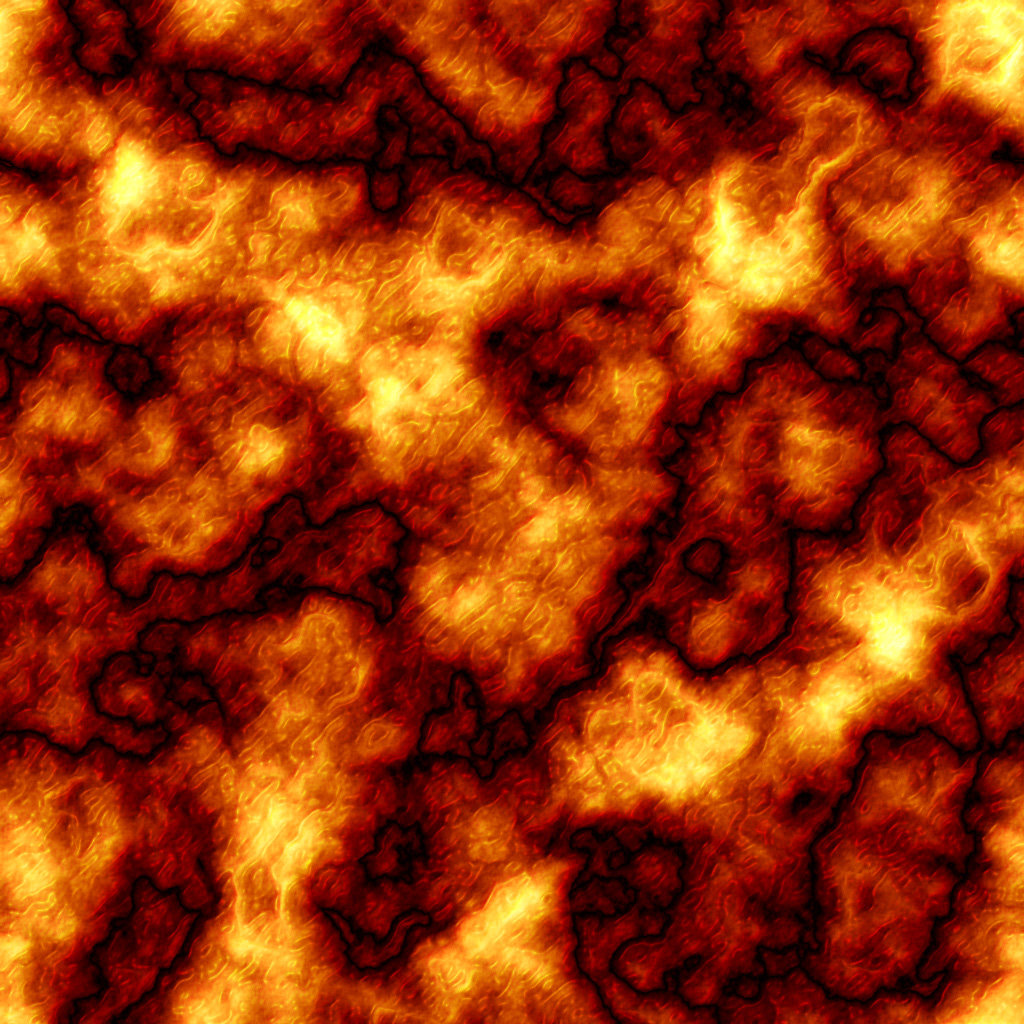I’m working through the vulkan tutorial and came across GLFW_TRUE and GLFW_FALSE. I presume there’s a good reason but in looking at the docs it’s just defining 1 and 0, so I’m sorta at a loss as to why some libraries do this (especially in cpp?).
Tangentially related is having things like vk_result which is a struct that stores an enum full of integer codes.
Wouldn’t it be easier to replace these variables with raw int codes or in the case of GLFW just 1 and 0?
Coming mostly from C, and having my caps lock bound to escape for vim, the amount of all caps variables is arduous for my admittedly short fingers.
Anyway hopefully one of you knows why libraries do this thanks!

This is often done for backward compatibility, as stdbool.h which provides true and false wasn’t standard before C99 and even though that’s more than 25 years ago now a lot of old habits die hard.

Yeah in the late 90’s I was coding in C++ and I’m pretty sure I had to define true and false manually.
Ahh this makes some sense

My boss insisted, before I arrived at the company, that everything in the database be coded so that 1 = Yes and 2 = No, because that’s the way he likes to think of it. It causes us daily pain.

If that is something your boss is managing, get the fuck out of there.

Does your boss frequently browse the database table records outside the API?

Oh you have no idea. There is no teaching this guy.

I’m reminded of an old job’s database where every key was named “id_foo” instead of “foo_id”
You didn’t have user_id. You had id_user. You didn’t have project_id, you had id_project. Most of the time, anyway. It was weird and no one could remember why it was like that. (Also changes to the DB were kind of just yolo, there wasn’t like a list of migrations or anything)

Now I have heard everything. What is zero? Missing value?

Zero is something you always have to watch out for and handle, because he likes to use NULL for “don’t know”. I should really have deleted the database while it was still young, before they had backups.

Microsoft SQL Server has a bit type and you always use 0 and 1 and cast/convert them. No native bool type. It’s a hassle.

Well that would be ok, because any standard tool for interfacing with the database would transparently treat bit in the DB as bool in the code. I think many DBs call it a bit rather than a bool.

that assumes you don’t write any SQL

I’m used to ORM layers where you can write SQL queries but you’re basically converting the results to objects before you use them. These kinds of things tend to handle bits OK, and bit parameters can usually be set as booleans directly. I haven’t used SQL Server in a while though so maybe it isn’t as convenient as that.

My brain is so used to seeing political content that I read “why do liberals define their own true and false” and was already like “what kind of shit take am I going to have fun reading today”

It’s because the Booleans sometimes are flipped in display-server technology from the 1980s, particularly anything with X11 lineage, and C didn’t have Boolean values back then. More generally, sometimes it’s useful to have truthhood be encoded low or 0, as in common Forths or many lower-level electrical-engineering protocols. The practice died off as popular languages started to have native Boolean values; today, about three quarters of new developers learn Python or ECMAScript as their first language, and FFI bindings are designed to paper over such low-level details. You’ll also sometimes see newer C/C++ libraries depending on newer standards which add native Booleans.
As a fellow vim user with small hands, here are some tricks. The verb
gUwill uppercase letters but not underscores or hyphens, so sentences likegUiwcan be used to uppercase an entire constant. The immediate action~which switches cases can be turned into a verb by:set tildeop, after which it can be used in a similar way togU. If constants are all namespaced with a prefix followed by something unique like an underscore, then the prefix can be left out of new sections of code and added back in with a macro or a:%sreplacement.
By the way, you can use
g~to get the effects of tildeop without needing to set it.Seriously helpful thanks! One of my friends working on a G15 restoration project pointed out this notation to be after you did— yet while they use 0 for truth they used 20 for false so not sure were they got the second idea. And your vim tip saved me a bunch of hand ache!

I love the description as well. “One.” “Zero.”

GLFW is a C library, not a C++ one, and an old one at that, and so the reason is that a long time ago, there was no bool in C. Every library would make their own true and false bc it’s handy to have.
Nowadays, the type
_Boolhas been added to C, and C++ has built-inbool, but you can still see the legacy of no boolean in C as to use the type name “bool” as well as the key words “true” and “false” for 1 and 0, you have to include “stdbool.h,” as well as in custom types in these old GL-adjacent libraries.
Probably readability. Correct typing maybe too. Also better error checking.
I’m not sure I understand readability? I guess is disambiguates numeric variables if you used 1 and 0. But with true and false available that would seemingly do the same thing. You still have to know what the arguments your passing are for regardless.

Does C have a logical type these days? Never use to.
I guess in reading not until c99(see other comment); they just used integers in place of Booleans, in which case your readability statement makes more sense given the historical context

For what it is worth. I learned C in 1990. Switched largely to Python in 1998.

True is not one in C. You can always compare a value to 0 if you need false but comparing to any single value for true is wrong. Often functions will return some calculated value which would be zero for false and who cares - it isn’t zero so return it for true. Thus all defines of true are suspect.

A function call of “MyFunction(parameter: GLFW_TRUE)” is more readable than “MyFunction(parameter: 1)”. Not by much, mind you, but if given the choice between these two, one is clearly better. It requires no assumptions about what the reader may or may not already know about the system.It communicates intent without any ambiguity.

I found the comments/answers about backwards compatibility of not defined booleans and negative true interesting and plausible.
What I first thought of was that TRUE and FALSE can be redefined, so it serves as ensurance that within the library consistent values are being used no matter what other libs and callers do with their typing and definitions.

i just like namespacing my variables anyway so there’s no chance of any conflicts and so you can easily change something one place instead of everywhere
